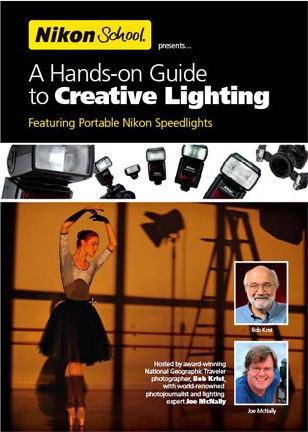I guess I'm like many people in that I love reading and learning new things. I think as we get older we and get deep into the world of work we start to realise how good our years of learning at school, college and university actually were. We miss learning. We miss discovering new things. If we are fortunate we get to learn new things in our day to day jobs or we take up hobbies. I am fortunate enough to learn a lot in my job but I also have a number of hobbies, photography being one of my main hobbies.
Over the past couple of years I have developed a ravenous hunger for all things photography and lately in particular lighting and specifically speedlghts. Nowadays the wealth of information available on everything is vast with thanks to the digital revolution and I guess mostly the internet. Through the internet I have discovered people like
Zak Arias,
Jared Polin (Fro Knows Photo),
Joey L and
David Hobby (Strobist). These guys have freely posted endless amounts of information on the internet in both written and video media. Another person and one of my favorites is
Joe McNally. He is a freelance photographer who does a lot of work for National Geographic and Nikon. I mentioned in a previous entry about a Nikon video I had been watching,
A Hands-on Guide to Creative Lighting and Joe features heavily in it. The video looks at Nikon's wireless lighting system. This is one area where these guys have a lot in common. I have read and watched a lot of what they have on offer but I know that to truly learn you must practice. With my students I could tell them how to do something until I was blue in the face but until they actually get hands on there is little chance of them actually being able to do it.
Recently I have been visualising setting up big shoots with lots of lights, where I can use specific lights to highlight features and people and bring in colours using gels and light modifiers. Practice makes perfect as they say so I started to think about my workshop at work and how I could photograph some of the equipment using the opportunity to use the wireless system, gels and light modifiers.
The above is a Bridgeport CNC milling machine. Firstly I placed a speedlight in the background with a red gel on it. I then fitted a snoot to a second speedlight and directed the light from it onto the tool. I set the shutter speed to 1/250 to kill the ambient and closed down the aperture to F14 which gives the nice star-burst effect on the gelled speedlight.
I finally added a third speedlight with a blue gel to add some colour to the body of the machine.
I was really rather pleased with the outcome, being able to try out several different techniques I have been watching and reading about from the guys I previously mentioned.
One thing I did learn at my cost, don't place gels directly onto the lens of the speedlight as my red gel now has a large whole in it!
Thanks
Simon






















































